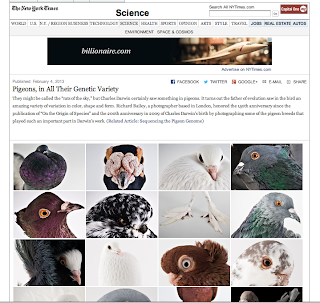Given the sensitivity of many molecular methods to variation
in specimen preparation and that specimens
may undergo different field and curatorial preparations prior to being
accessioned into museum collections, are there any efforts to
standardize such protocols and/or add such documentation to specimen
annotations? I think this can be pertinent and helpful.
Just as an example, I have stable isotopes and microbial work in mind,
where specimen handling, preparation, and storage can impact data
quality and validity.
Best,
Elaine
Anh-Thu Elaine Vo






